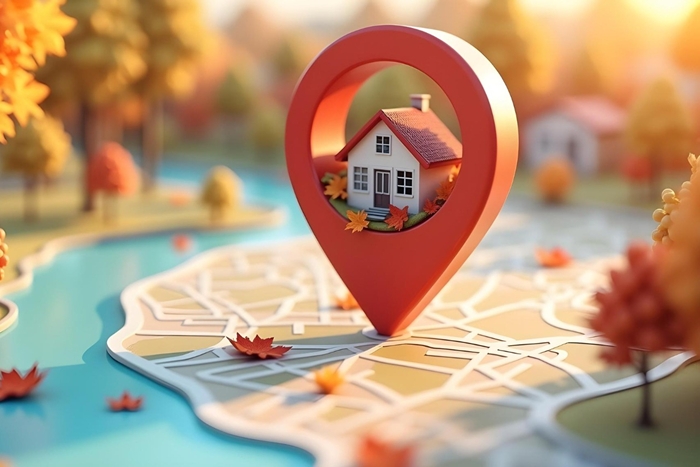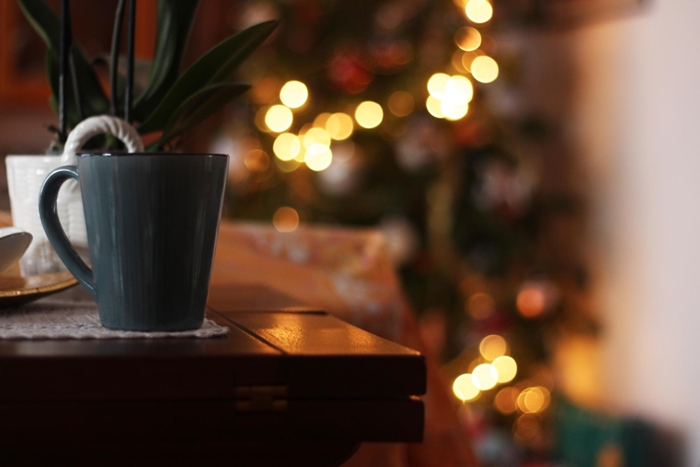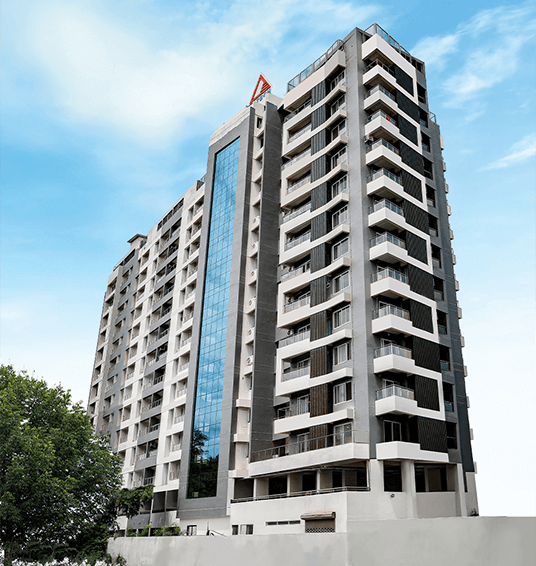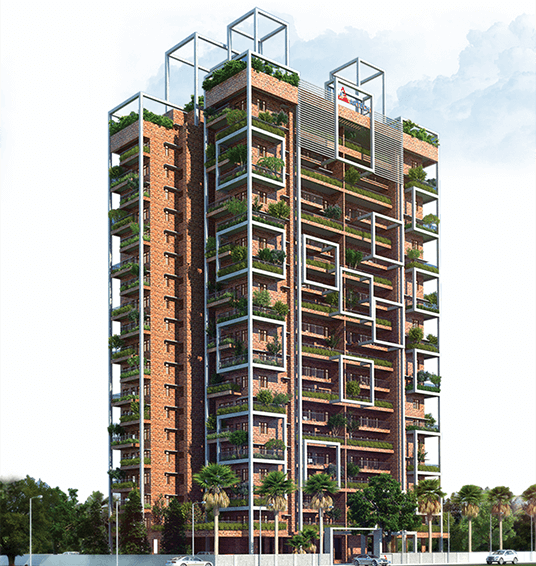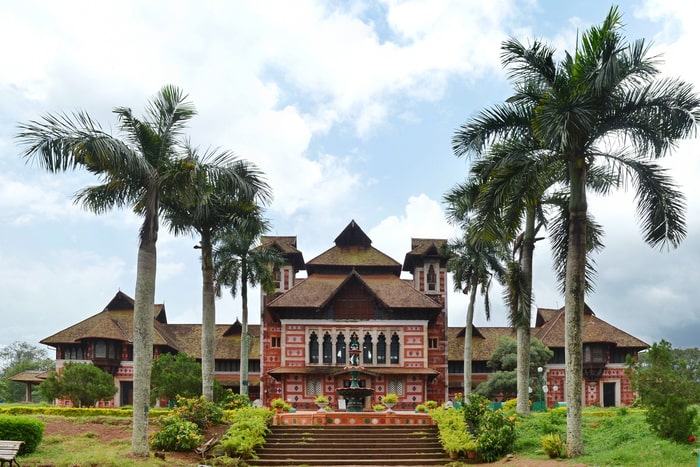
The coastal capital city of Trivandrum is well-known for many things including its rich cultural heritage, having been the capital of the Kingdom of Travancore for about 3 centuries. Trivandrum is also a modern city with excellent infrastructure, premier medical and educational institutions, a rapidly expanding IT park, and a host of tourism spots.
Trivandrum’s vast Zoological Garden complex is one such popular tourism feature. The Natural History Museum is a part of this complex and was opened to the public in 1964. It contains one of the most exhaustive collections of stuffed animals and birds as well as a great collection of skeletons. Being well-planned, it has separate galleries for vertebrates, invertebrates, mammals, birds and skeletons.
Each display comes with a host of facts and figures relating to the specimen on display. The specimens showed here range from the tiniest of creatures such as ants as well as parts of huge creatures such as the Indian Fin whale. The glass-enclosed displays of wild animals in their natural habitats is a great crowd puller too and provides interest to naturists and science enthusiasts alike. Another point of great interest is the 20 million-year-old fossils of petrified wooden tree trunks on display near the main entrance of the museum.
The stuffed rhinos that once lived in the adjoining zoo are one of the star attractions and placed strategically at the entrance gallery. There is an exclusive skeleton gallery too displaying bones of various mammals and large birds. There is even a human skeleton made entirely of ivory here! Adjoining this is the bird gallery displaying an exhaustive collection of birds commonly seen in Kerala. There are 15 glass display cases showing perching birds, marsh birds, shore birds, wading and swimming birds, birds of prey, etc.
There is a gallery devoted to mammals on the first floor and features life-like displays of primates and a variety of wild cats in their natural habitats. Another gallery displays different types of fishes, amphibians, reptiles, tortoises and a huge 14-foot king cobra skeleton. A fascinating section on invertebrates shows magnified versions of protozoa, coelenterates, annelids, arthropods, Echinodermata, mollusks, and sea slugs which are sure to interest the curious-minded. Another exotic attraction here is the limestone tabletop with embedded skeletons of numerous marine forms. The ethnology section shows life-size models of schedule tribes of Kerala and models displaying the various states’ costumes and jewelry worn by Indian women.
The museum timings are 10 am-6 pm, an ideal time for tourists and the city’s indigenes to enjoy all that the city has on offer.




